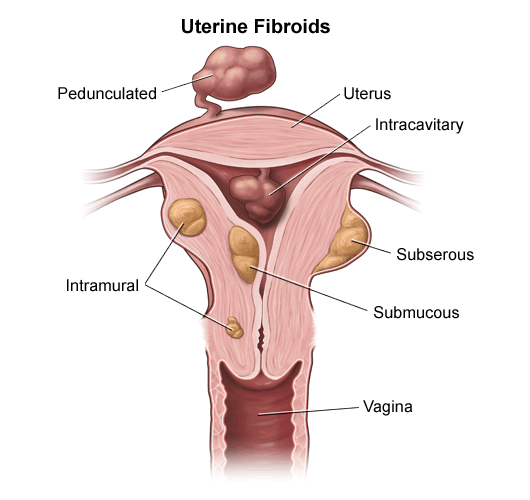
Understanding Myomectomy: An Ultimate Guide to Tackling Fibroids
Are you dealing with uterine fibroids? If yes, then myomectomy (fibroid removal surgery) is a safe and effective procedure for treating non-cancerous growths in or on the uterus.
Uterine fibroids are the most common condition among women in their reproductive years. It is also known as leiomyomas, in which benign tumours develop in or on the uterus. This condition can lead to symptoms like irregular vaginal bleeding, frequent urination, painful bleeding during periods, and chronic vaginal discharge.
There are various reasons behind the occurrence of uterine fibroids, such as obesity, family history, and the early onset of menstruation.
What is Myomectomy?
Myomectomy is a surgical procedure that is done for the removal of uterine fibroids from the uterus. For women who are dealing with uterine fibroids, fibroid removal surgery is a very good option for them, as it removes the uterine fibroids while preserving the uterus.

When is Myomectomy Recommended?
A fibroid removal surgery is recommended by doctors if you are having symptoms like:
- Pelvic pain
- Large or rapidly growing fibroids
- Heavy periods
- Irregular bleeding between periods
- Frequent urination
What Are the Different Types of Myomectomy Surgery?
There are different types of fibroid removal surgery depending on the fibroids’ size, number, and location.
- Abdominal Myomectomy

Abdominal myomectomy, also known as open surgery, is a procedure performed to treat large fibroids. In this procedure, an incision is made in the abdomen to remove the uterine fibroids.
- Laparoscopic Myomectomy

Laparoscopic myomectomy is a less invasive approach to treating uterine fibroids. This procedure includes a medical instrument known as a laparoscope (a thin, lighted tube with a camera at one end). In this, small incisions are made to remove the non-cancerous growths in the uterus.
(Also Read: Vaginal Hysterectomy: Purpose, Procedure, and Benefits (thegyneclinic.com))
- Hysteroscopic Myomectomy

This procedure is done under general anaesthesia, in which a hysteroscope is inserted through the vagina and cervix to remove the uterine fibroids. Hysteroscopic myomectomy includes no incision at all and is a very quick procedure in comparison to others.
MYOMECTOMY PROCEDURE
How do I prepare for the procedure?
Before the surgery, your healthcare provider will give some instructions such as to not consume food, drink alcohol, or take medications before the surgery. Make sure to follow these instructions carefully. During this period, you can discuss your risks, queries, and benefits with your OB-GYN.
What happens during the fibroid removal surgery?

During the fibroid removal surgery procedure, you will be given anaesthesia. After this, the surgeon will remove the uterine fibroids from the uterus. The removal of fibroids can be done through any of the techniques, like traditional, laparoscopic, and hysteroscopic. The technique used for the myomectomy procedure depends on the size, number, and location of the fibroids you are having.
What happens after the myomectomy procedure?
After the procedure, your doctor may advise you to take medications for pain management. You will have to follow certain instructions post-surgery, such as limiting physical activity, avoiding hard-core exercises for some time, and scheduling follow-up appointments for a better recovery.
When to call the doctor?
After the myomectomy procedure, if you’re experiencing any of the following conditions, you should contact your healthcare provider.
- Fever or chills
- Heavy bleeding
- Unbearable pain
- Red or swollen legs
- Chest pain or trouble breathing
CONCLUSION
Myomectomy is a surgical procedure that is done to remove the uterine fibroids from the uterus. There are various ways through which myomectomy is done, like abdominal, laparoscopic, and hysteroscopic. If you are facing any of the symptoms of fibroids, such as irregular vaginal bleeding, painful bleeding during periods, or vaginal discharge, consult your doctor to get the right treatment for it.
Before going through any of the procedures, discuss the potential risks, benefits, and queries associated with the procedure.
Myomectomy (Fibroid Removal Surgery) In Noida
Are you suffering from uterine fibroids? Get in touch with Dr. Neha Gupta, leading gynaecologist and laparoscopic surgeon in Noida for myomectomy (fibroid removal surgery).